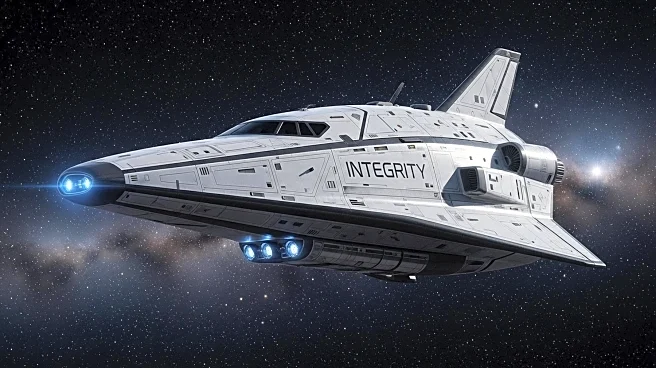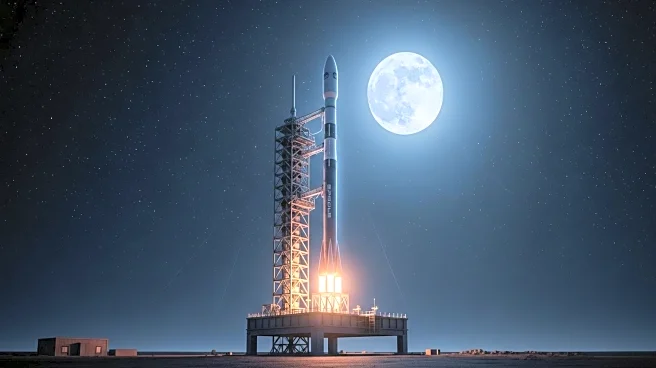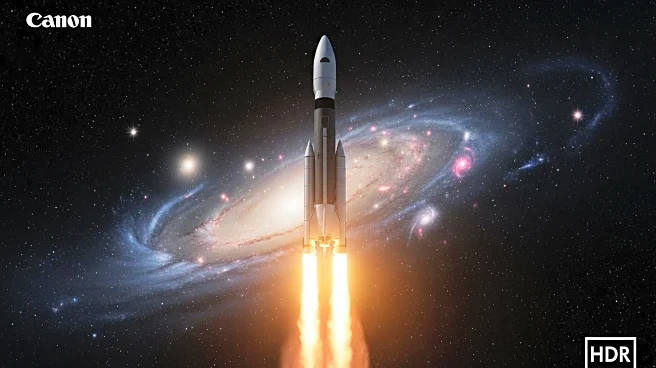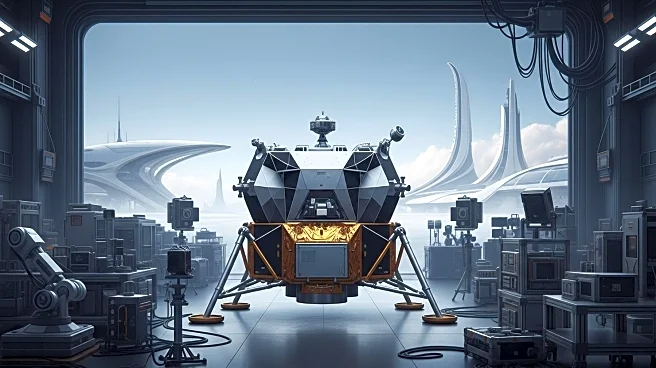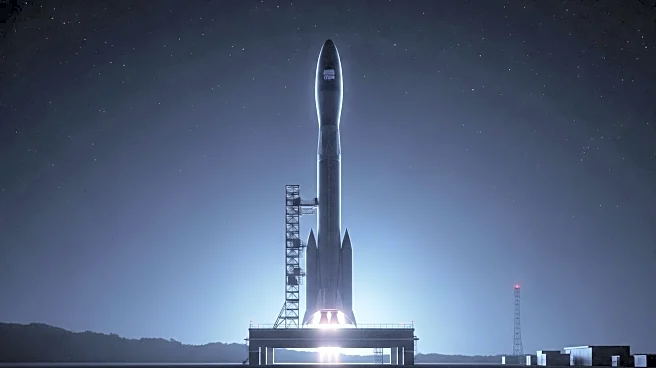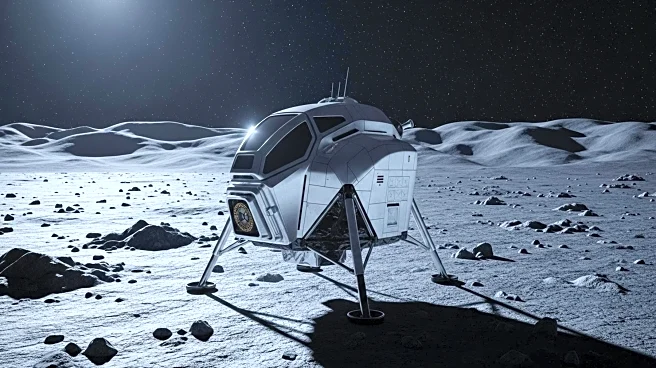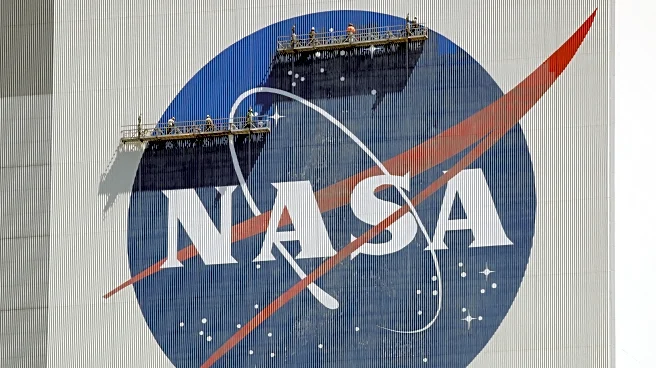What's Happening?
SpaceX has successfully completed the final major test of its Starship rocket, which is intended for future Mars missions. The test involved a static fire of the rocket's six raptor engines at SpaceX's Starbase facility in Texas. This marks the eleventh flight test for the Starship, which is the largest and most powerful rocket in the world. SpaceX, led by Elon Musk, aims to use this rocket to send astronauts to Mars by 2029. Additionally, the Starship is being developed to deliver crew and cargo to the Moon as part of NASA's Artemis program. The upcoming flight test will follow a similar trajectory to previous tests, with the upper stage launching from Starbase and landing in the Indian Ocean. Despite recent setbacks, including several unsuccessful launches in 2025, the most recent test on August 26 was successful.
Why It's Important?
The successful completion of this test is crucial for SpaceX and NASA, as it directly impacts the timeline of NASA's Artemis program, which aims to return humans to the Moon. Originally scheduled for 2024, the lunar landing has been delayed to no earlier than mid-2027 due to challenges with the Starship Human Landing System (HLS). The delays have significant implications for NASA's mission planning and budget. The Aerospace Safety Advisory Panel has expressed concerns about further delays, particularly due to issues with orbital refueling, a critical component for the lunar mission. The outcome of the next six months of Starship launches will be pivotal in determining the feasibility of meeting the 2027 timeline.
What's Next?
The next steps involve continued testing of the Starship, with a focus on demonstrating the feasibility of cryogenic propellant transfer, which is essential for the lunar mission. The Aerospace Safety Advisory Panel will closely monitor these developments, as they are crucial for the success of the Artemis program. SpaceX's ability to resolve these technical challenges will determine whether the Starship can meet its ambitious goals of lunar and Mars missions. Stakeholders, including NASA and the broader space exploration community, will be watching closely to assess the viability of the Starship as a reliable vehicle for future space exploration.
Beyond the Headlines
The development of the Starship has broader implications for the future of space exploration and commercial space travel. Success in these missions could pave the way for more frequent and cost-effective space travel, potentially opening up new opportunities for scientific research and commercial ventures in space. However, the technical challenges and delays also highlight the complexities and risks involved in pioneering new space technologies. The outcome of SpaceX's efforts could influence future policies and investments in space exploration.

